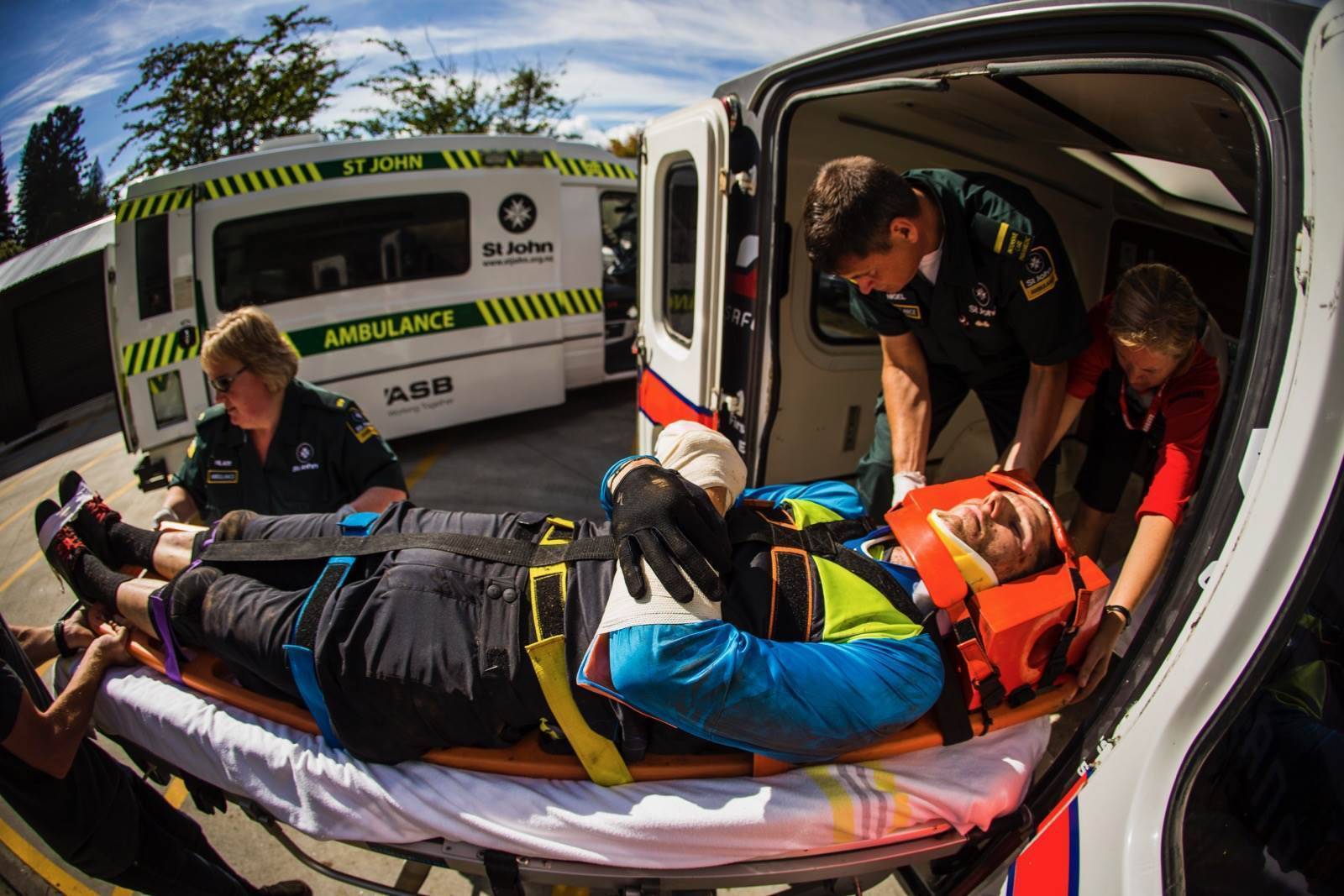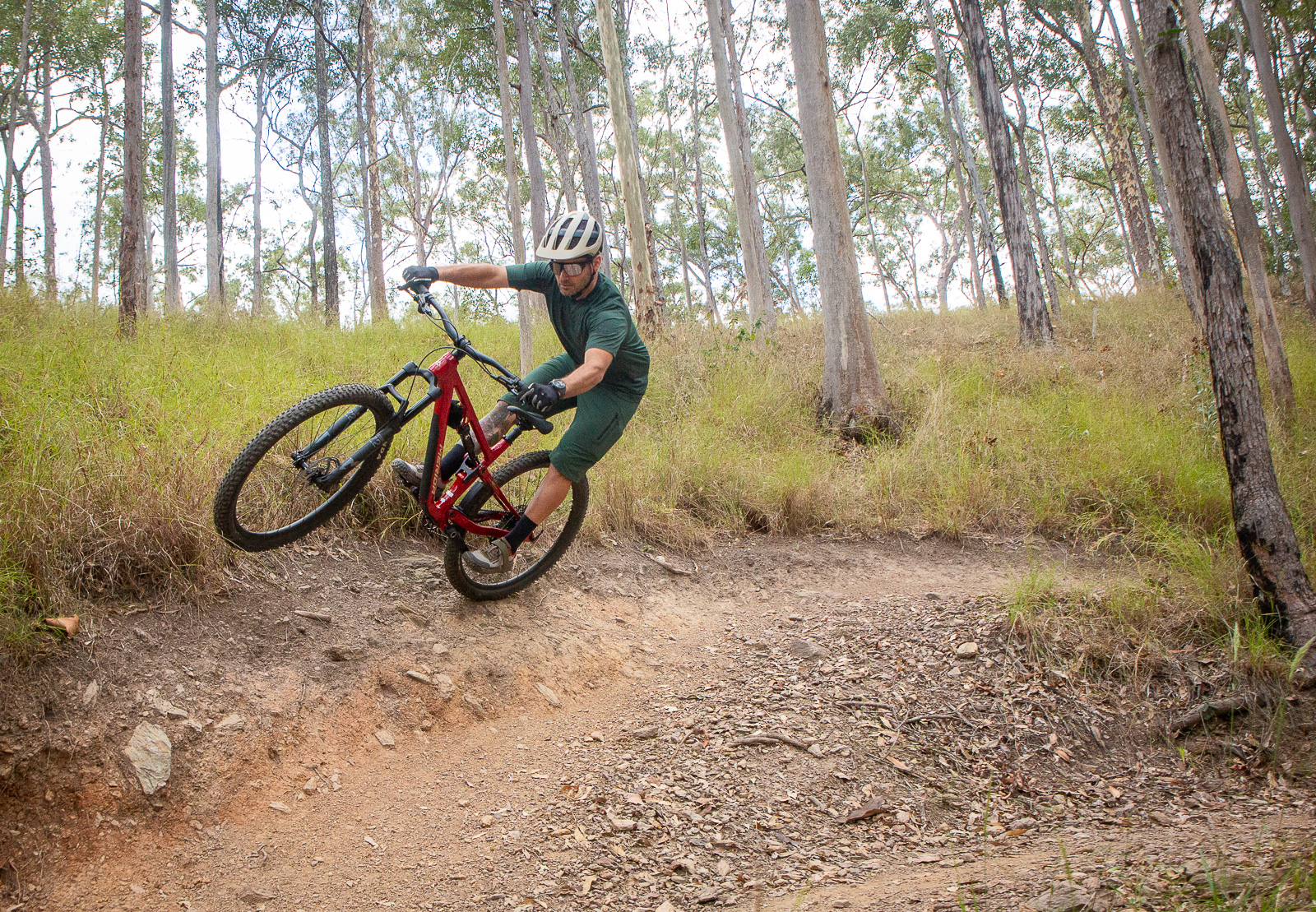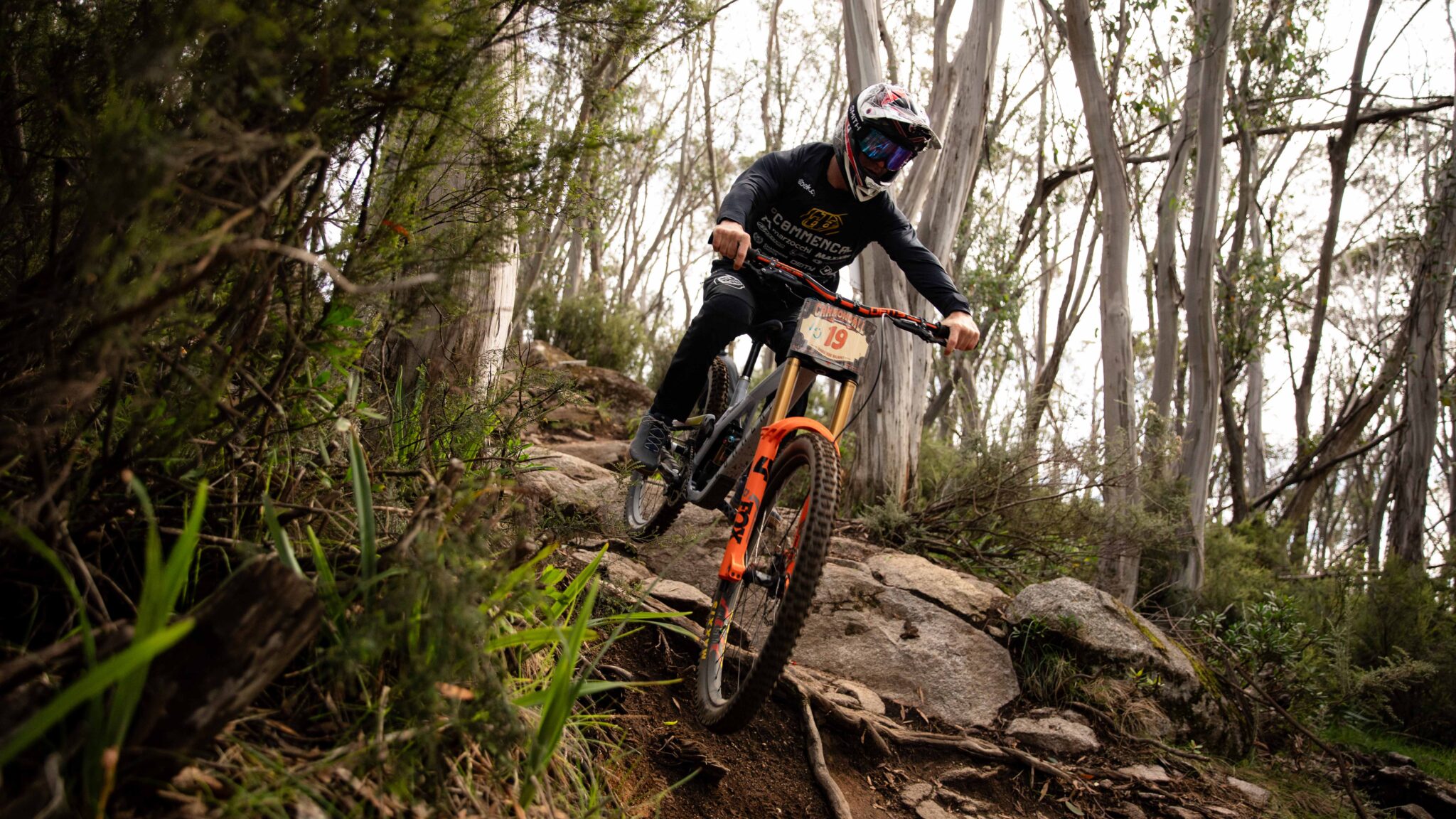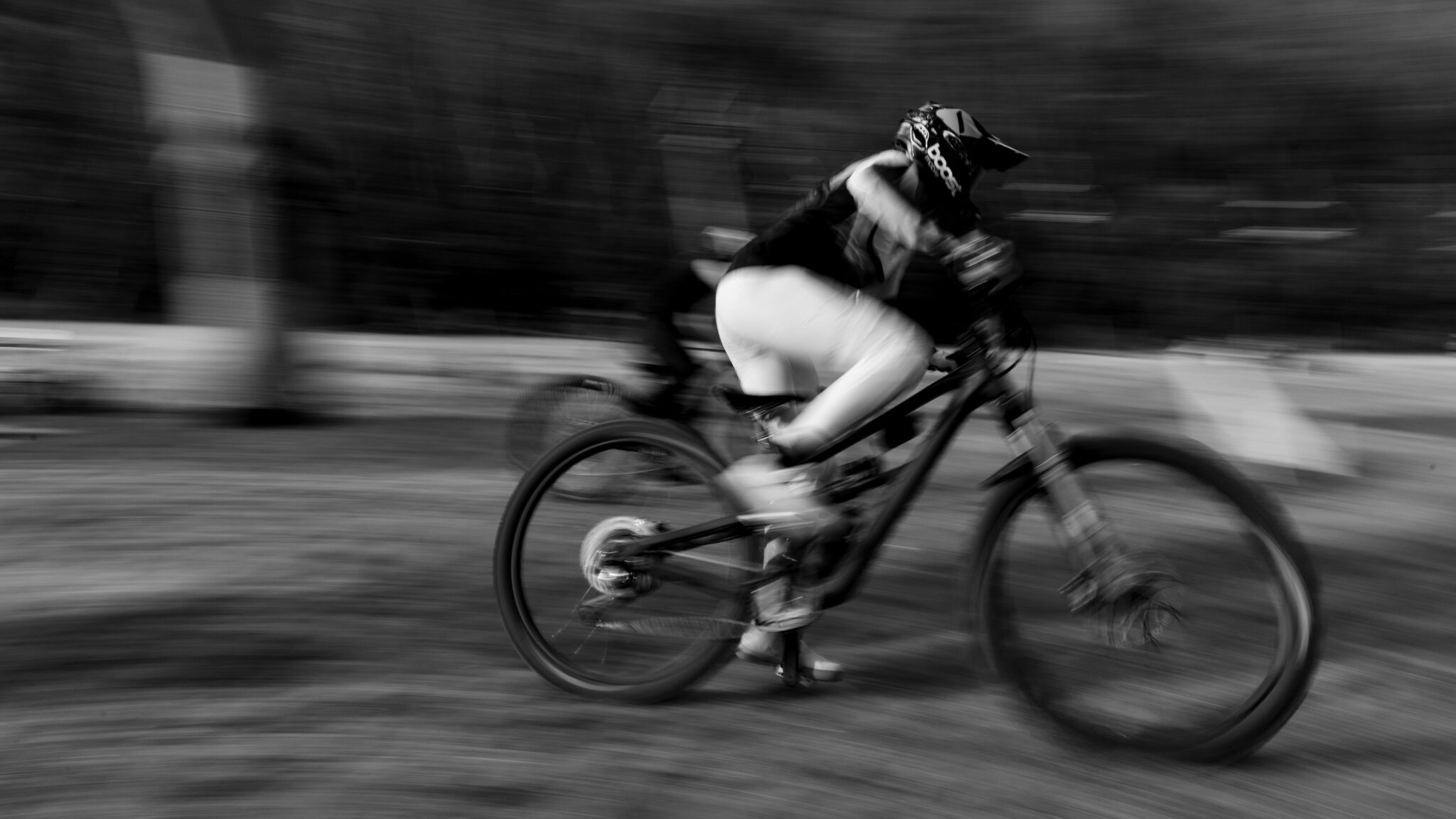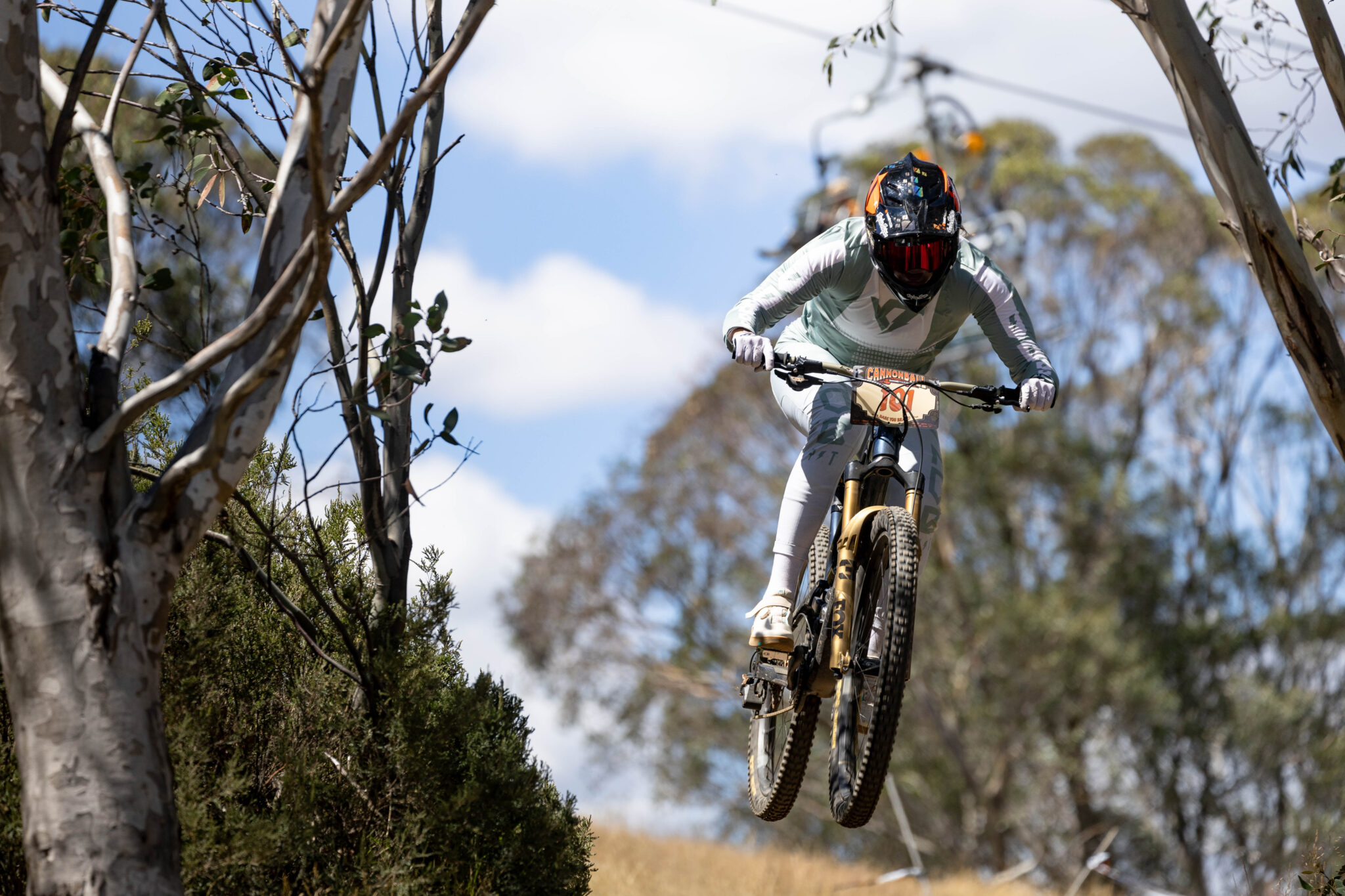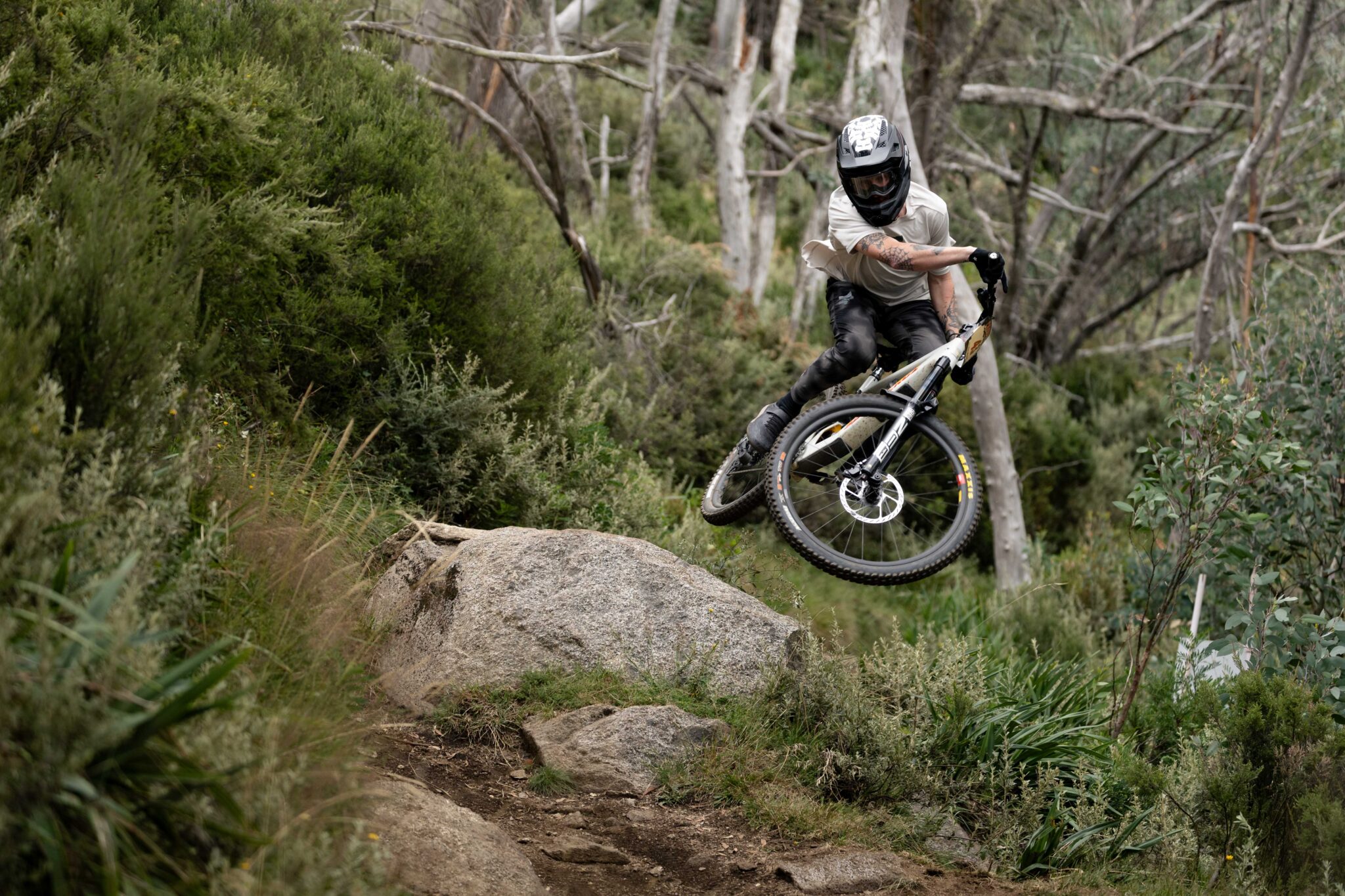Essential First Aid
Learn some essential first aid so you know what to do if you're ever in an emergency out on the trails.
Words: Anna Beck
Mountain biking is a fabulous pastime with social and health benefits, but ask anyone who has been riding a while and it’s likely they have had a mountain biking injury. While we ride off road to avoid cars and traffic, the pesky trees that jump in our way, jumps that were built larger than we first remembered, and narrow bridges we love to test ourselves on mean that while our safety is largely in our own hands, the very nature of the sport is one of risk mitigation.
So what do you do if you come across an injured rider, or a friend has a crash? Let’s explore how to assess the injured rider in the setting of haemorrhage and cardiac arrest, and in following issues we will explore head or spinal injuries, limb fractures, impalements, hyper/hypothermia and stings and envenomation.
For simplicity, we are talking about protocols for adult patients, and while we are discussing procedures such as CPR and first aid; nothing beats getting a first aid certificate and practicing in an environment with skilled assessors providing feedback. The protocols for resuscitation change frequently, so keeping a first aid certificate up to date means you know you’re doing the right thing.
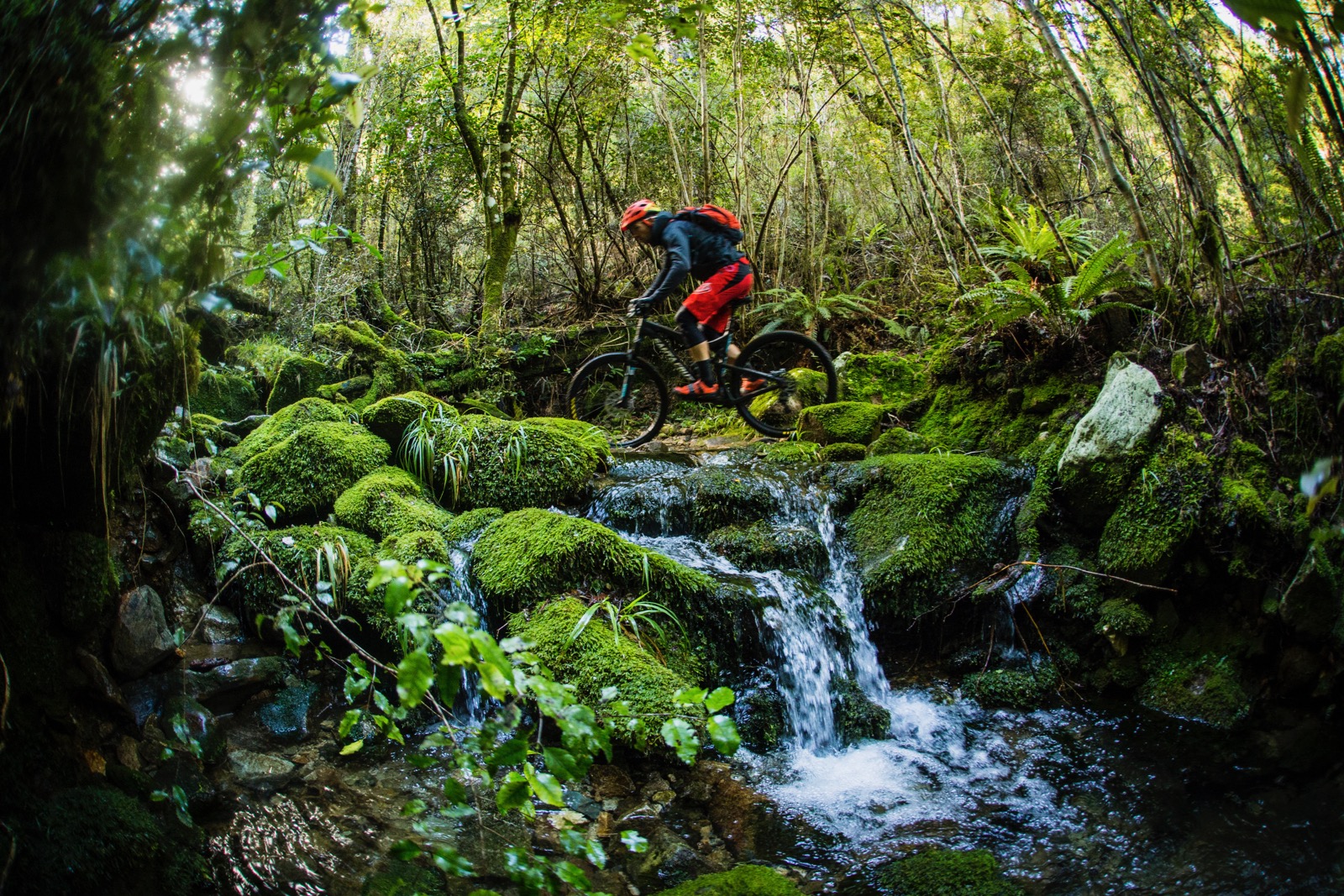
That’s traumatic, man!
While the act of CPR is the same for medical and traumatic causes of cardiac arrest, it’s important for the trailside first-aider to know and understand that there are three common cases of cardiac arrest in the situation of trauma that differ from medical causes (ie: heart attacks, or acute myocardial infarction). These include airway obstruction and inadequate ventilation, chest trauma and blood loss (1). In the case of a severe bleed it’s important to know how to stop external bleeding, in fact, stopping bleeding and making sure the airway is clear is more important than CPR in the very early stages of administering first aid (2).
Key for successful haemorrhage control is timeliness, and the most effective forms of haemorrhage control trailside are direct pressure, bandages, and in more severe cases, use of a tourniquet (in extremities).
Direct pressure is exactly that; pressing down on the wound, with the pressure and time required to stop a bleed corresponding to the size and depth of the wound. If you have a pad to apply pressure, this can be used, and when the bleed stops hold it in place with a bandage. Should the wound be severe and unable to be managed with direct pressure, a tourniquet can be applied using whatever is on hand, proximal to the wound (3).
1 – Australian Resuscitation Council, “Management of Cardiac Arrest Due to Trauma”, (April 2016), https://resus.org.au/wpfb-file/anzcor-guideline-11-10-1-als-traumatic-arrest-27apr16-pdf/
2 – Australian Resuscitation Council, “First Aid for Management of Bleeding” (July 2017), https://resus.org.au/guidelines/
3 – Day, M.W., “Control of Traumatic Extremity Haemorrhage”, Crit Care NurseFebruary 2016 vol. 36 no. 1 40-51
Trail Resuscitation
The worst case scenario to come across is one where the patient is in cardiac arrest. This means that there is no cardiac output, and the brain and body are not being perfused (being delivered oxygen-carrying blood). In this situation, Cardio Pulmonary Resuscitation (CPR) is vital for buying time for the patient, as compressions perfuse the heart and brain while a defibrillator is sourced.
But how would we assess if the patient is in cardiac arrest?
It’s easy to remember what to do using DRSABC.
Danger: before approaching anyone we need to do a scene assessment and check for any danger. Safety is paramount. So presuming there are no sneaky brown snakes, bears, giant teetering boulders ahead or imminent glacier slips, we then move to the second step: checking for response.
Response: Assessing for a response firstly is done by voice. “Hello can you hear me” in a firm tone is often enough for us to use on the streets to get a response, but if that fails in getting a response, a bit of a shake or a squeeze of the shoulder is enough to assess if someone is unconscious.
Send for help: But firstly, this situation requires calling for help as soon as possible. Dial 000 to get help rolling while you continue your checks. If in a group, outsource this to someone to minimise delays. Time is (heart) muscle.
Airway: If the patient isn’t responsive check the airway, turn the patient onto their back and place your hand on his forehead. Tilt the head back and with your fingertips or thumbs if behind the head, and lift the chin to open the airway, checking that it’s not obstructed (1). With some injuries, positioning an airway can facilitate breathing in an apnoeic (non-breathing) patient, and if there is a suspicion of spinal injuries, managing an airway takes precedence over spinal immobilisation; just remember to be gentle and avoid excessive movement (2).
Breathing: If a patient has recently gone into cardiac arrest, gasping can often be mistaken for effective breathing, these breaths are called agonal respirations and are ineffective. If you’re not sure, get ready to start CPR. Look, listen and feel for breathing: look for rise and fall of the chest, listen and feel for respiration/movement or air from the nose and mouth (3).
Circulation: Previous recommendations advocated for checking a pulse prior to commencing CPR, however more recent recommendations eliminate this due to the delay this can take (4). Instead, in this situation we can use C to get good, effective CPR started.
You think you’re fit? Well do two minutes of effective CPR in the bush in 30-degree heat and come back and brag about your fitness. Effective CPR is intense, vigorous and should feel like a good workout.
1 – Australian Resuscitation Council, “Airway”, (January 2016), https://resus.org.au/guidelines/
2 – Australian Resuscitation Council, “Management of a Suspected Spinal Injury”, (January 2016), https://resus.org.au/guidelines/
3 -Australian Resuscitation Council, “Breathing”, (January 2016), https://resus.org.au/guidelines/
4 – Resuscitation Council UK, “Adult Basic Life Support and Automated External Defibrillation”, 2018, https://www.resus.org.uk/resuscitation-guidelines/adult-basic-life-support-and-automated-external-defibrillation/#key
CPR tips:
- Place hands on top of another, interlacing fingers. Find the sternum, directly between the nipples, and start applying pressure to the chest
- Keep your arms straight
- Keep your core engaged and pivot from the hips. There is no better core workout than a solid session on the chest.
- With more than one person, swap frequently (every two minutes, or six cycles of 30:2 compressions/breaths)
- Aim to compress1/3 of the total depth of the chest, and allow for a full recoil of the chest cavity.
We want to compress the chest continually at a rate of 100-120 beats a minute. The American Heart Association has made a Spotify playlist of tunes that fit the criteria, which can be found in the footnotes (1). My personal favourites include “Lose yourself to Dance” (Daft Punk), “Lean On” (Major Lazer) and “Crazy in Love” (Beyonce). Who said saving lives can’t be fun?
Rescue Breaths: Traditional CPR involves 30 compressions, followed by two breaths, mouth-to-mouth, attempting to get the chest to rise an fall as normal and this is the current recommendation from the Australian Resuscitation Council. Minimising the time not doing compressions is key here, and there is conflicting evidence as to whether omitting these rescue breaths has a deleterious effect on outcomes. One thing is sure though, if you are not happy to do the breaths, compression-only CPR is far better than nothing at all. So get cracking.
Continue until medical help, or an AED arrives, and then follow the directions of the medical personnel/AED.
Literal Life Hack:
Check out the Government funded Emergency+ App, available free for download to all devices, which has GPS coordinates for remote areas including trails, to get you the help you need, asap. Download it here: http://emergencyapp.triplezero.gov.au/
So hopefully with these tips, managing a trailside emergency in a critical situation will be less fraught. So get in there, stop that bleeding and start CPR!
(1) American Heart Association, :”Hands-only CPR 100bpm Playlist” (accessed 20 Oct 2018), https://open.spotify.com/playlist/6larteGNSuXdBhaYKLybwa

